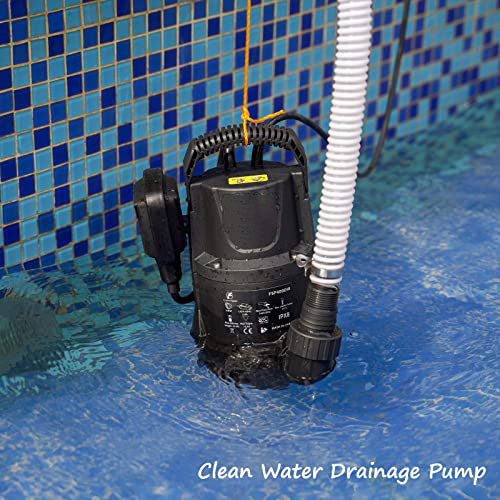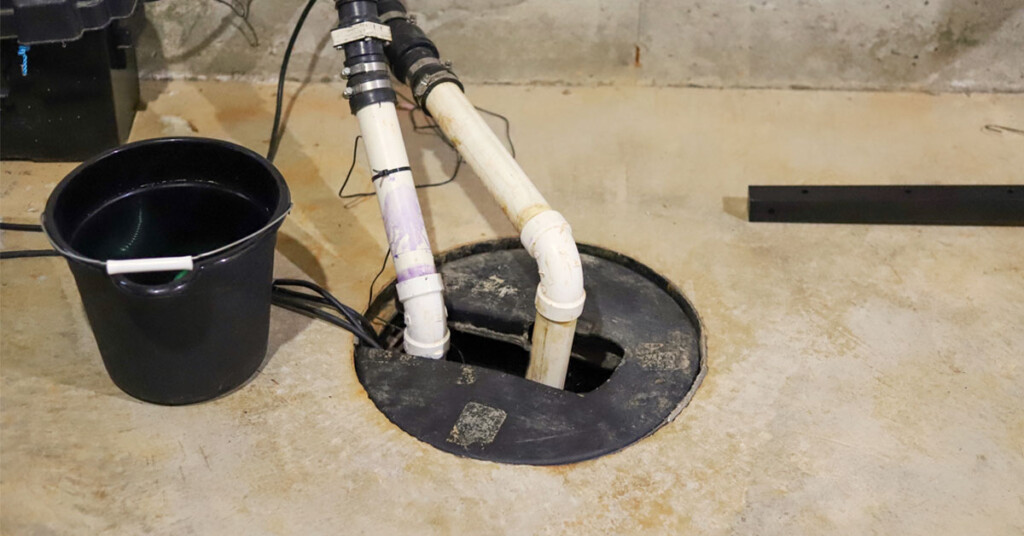Useful Techniques for Caring for Your Sump Pump
Useful Techniques for Caring for Your Sump Pump
Blog Article
What are your thoughts regarding Cleaning & Maintenance Tips for Your Home's Sump Pump?

Sump pumps are crucial parts in many homes, particularly in locations susceptible to flooding or too much wetness. They aid avoid water damages by efficiently getting rid of excess water from cellars or crawl spaces. However, like any other device, sump pumps need routine maintenance to ensure they work successfully when needed one of the most. Cleaning your sump pump is a crucial part of its upkeep, and recognizing just how to do it correctly can save you from expensive repair services and prospective disasters.
Introduction
Preserving a clean sump pump is vital for its proper functioning and long life. Neglecting this necessary job can result in blockages, breakdowns, and inevitably, water damages to your property. Therefore, learning exactly how to clean a sump pump is important for homeowners who depend on these tools to maintain their cellars completely dry and protected.
Comprehending the Sump Pump
Prior to diving into the cleansing procedure, it's vital to have a basic understanding of how a sump pump works. Commonly set up in a pit or basin below the cellar floor, a sump pump contains numerous vital components, including a pump, a float button, and a discharge pipeline. When water gathers in the pit, the float button turns on the pump, which after that pumps the water out with the discharge pipe, far from the building's structure.
Signs of a Dirty Sump Pump
Recognizing when your sump pump requires cleansing is crucial for protecting against potential breakdowns. Some typical indicators that show a filthy sump pump consist of unusual noises during procedure, lowered water circulation, and visible particles in the pit. If you observe any one of these symptoms, it's vital to clean your sump pump immediately to stay clear of any kind of additional concerns.
Preparing for Cleansing
Prior to you start cleaning your sump pump, it's vital to take some safety and security preventative measures. Start by shutting off the power to the pump to avoid any type of electrical mishaps. Furthermore, use appropriate protective gear, such as handwear covers and safety glasses, to protect yourself from dust, particles, and potential pathogens.
Step-by-step Overview to Cleaning a Sump Pump
Shutting Off the Power
Begin by detaching the power supply to the sump pump to avoid any type of crashes while cleaning.
Getting Rid Of Debris and Dirt
Utilize a pail or an inside story to remove any type of noticeable particles, dirt, or sediment from the sump pit. Dispose of the debris appropriately to stop it from blocking the pump or the discharge pipeline.
Cleaning the Pump and Drift Switch Over
Once the pit is clear of particles, meticulously remove the pump from the pit. Evaluate the pump and the float switch for any type of indicators of damage or wear. Use a soft brush or towel to clean up the surfaces and get rid of any built up grime.
Flushing the System
After cleansing the pump and float switch, purge the sump pit with tidy water to remove any type of remaining dust or sediment. This will certainly help make sure that the pump runs efficiently and efficiently.
Looking For Proper Performance
Before re-installing the pump, carry out a quick test to ensure that the float switch turns on the pump properly. Put some water into the sump pit and observe the pump's procedure. If every little thing is functioning appropriately, you can rebuild the pump and reconnect the power supply.
Maintenance Tips to Keep Your Sump Pump Clean
Along with periodic cleansing, there are several maintenance suggestions you can comply with to maintain your sump pump in optimum problem:
Verdict
Cleaning your sump pump is an essential element of its upkeep and ensures that it runs effectively when you require it the most. By complying with the steps outlined in this overview and including normal upkeep right into your routine, you can expand the life expectancy of your sump pump and safeguard your home from water damages.
6 STEPS ON HOW TO CLEAN A SUMP PUMP PROPERLY
UNDERSTANDING SUMP PUMPS
Your sump pump plays a crucial role in protecting your home by managing and removing excess water. It primarily functions as a “shield”, guarding your basement against the damaging effects of water accumulation. The pump is housed in a sump pit in the lowest part of your basement, and its job is to pump out any water that collects there.
During heavy rainfalls or when snow melts rapidly, water can infiltrate your basement, posing potential risks like flooding, structural damage, and harmful mold growth. Here, the sump pump springs into action, pumping out the intruding water and directing it away from your home.
SAFETY FIRST
Before cleaning, remember to prioritize safety. Disconnect the sump pump from the power source to prevent any accidental electric shocks. Also, wear sturdy gloves to protect your hands from any sharp or dirty components within the pump.
REMOVE THE SUMP PUMP
After ensuring your safety, the next step is to remove the sump pump from its pit. Doing this might require careful maneuvering as you don’t want to damage any pump components. Once removed, clean the sump pit to remove any accumulated debris or sludge.
INSPECT THE PUMP
Inspect the pump for any visible signs of wear or damage. Check the power cord, float switch, and impeller housing. If any components look worn out or damaged, consider replacing them to ensure optimal performance.
CLEAN THE PUMP
Thoroughly clean the pump with warm, soapy water. Make sure to rid it of any dirt, gravel, or other debris that might impede its performance. You can use a toothbrush to clean the small, hard-to-reach parts of the pump.
REINSTALL THE SUMP PUMP
Reinstall the pump into the sump pit Make sure it’s positioned correctly to remove the water effectively Once it’s back in place, reconnect it to the power source TEST THE PUMP
Finally, pour some water into the pit to ensure the pump works correctly. It should start automatically and begin pumping out the water; if it doesn’t, check the power source and the positioning of the pump.
Remember, while cleaning your sump pump is an essential part of home maintenance, hiring a professional plumber for a thorough inspection and cleaning at least once a year is also important. This will ensure that your pump is in optimal condition, ready to protect your home from potential water damage.
BEST PRACTICES FOR CLEANING SUMP PUMP DISCHARGE PIPES
Regular Inspection: Regularly inspect your discharge pipes, especially during heavy rainfall or snowmelt periods. Look for any signs of blockage or damage. Early detection of problems can prevent serious issues down the line. Periodic Cleaning: Over time, sediment and debris can accumulate in the discharge pipes, impeding the flow of water. Regular cleaning helps keep the pipes clear and functioning efficiently. You can use a high-pressure water jet to effectively clean the pipes. Insulation During Winter: In colder climates, discharge pipes can freeze, blocking the outflow of water. Protect your discharge pipes from freezing temperatures by insulating them with foam pipe insulation. This will ensure the sump pump can continue to discharge water even in freezing conditions. Proper Positioning: The discharge pipe should be positioned to direct water away from your home’s foundation. Improper positioning can lead to water seeping back into the basement. Ensure the pipe is long enough and angled correctly. Installation of a Check Valve: A check valve prevents water from flowing back into your sump pit after the pump has pushed it out. Installing a check valve helps maintain the efficiency of your sump pump and reduces the risk of flooding. Minimize Pipe Turns: Every curve or turn in the discharge pipe can decrease the efficiency of water flow. By minimizing turns and bends in your discharge pipe, you can increase the efficiency of your sump pump. https://www.fullspeedplumbing.com/how-to-clean-a-sump-pump-properly9999/

I came across that article on How To Effectively Clean A Sump Pump while doing a search on the internet. Remember to take the time to share this blog post if you enjoyed it. We treasure reading our article about Keep Your Sump Pump Clean, It'll Keep You Dry.
Call Today Report this page